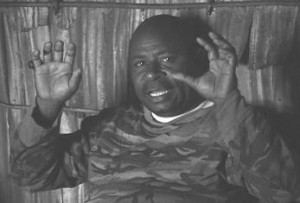The English word “dragon” has been used for many old stories and legends, from languages around the world. But regardless of what word was translated into “dragon,” the stories themselves may give us clues about what people encountered long ago. Some critics of live-dinosaur and live-pterosaur ideas suggest that ancient people may have found fossils and then invented stories, pure fiction, about dragons, based on the old bones they had found. That may sound logical on the surface, but where is the evidence for such a speculation? I have seen no evidence of that. What we have are the stories themselves and something else in addition: the Bible.
Set aside the word “dragon,” for the moment, as we consider the fiery flying serpent of the Old Testament. A common explanation includes a “burning” wound from a venomous bite and a “snake.” But what does the record actually say about “fiery serpent?” Those animals bit many of the Israelites and many died from those bites. What scripture makes a direct reference to any detail about any bite or detail about those bites in general? I have never seen any such scripture. “Fiery” is used for the animal, not for the bite on a victim. Why should anyone object to the suggestion that bioluminescence was involved, with small long-tailed winged creatures that glowed while they flew at night? Many accounts suggest bioluminescent Rhamphorhynchoid pterosaurs still live, albeit nocturnally, in a number of areas in this modern world.
Marfa Lights, Dragons, and Pterosaurs
Dragons in southwest Texas? If a new conjecture about Marfa Lights is correct, a group of bioluminescent flying predators may live in these mountains, visiting the Marfa area every few weeks, as part of a large area that the predators cover in their hunting. One part of their diet may be the Big Brown Bat, although scavenging for dead animals, at night, may be a part of their mysterious nocturnal behavior.
Some investigators believe that this creature [the seklo-bali] is similar to or the same as the wawanar (dragon) around the Pilio Islands or the ropen of Umboi Island. It could also be the same as the indava. The bioluminescent glow at night probably inspired at least some of the dragon legends in some areas of the world.



